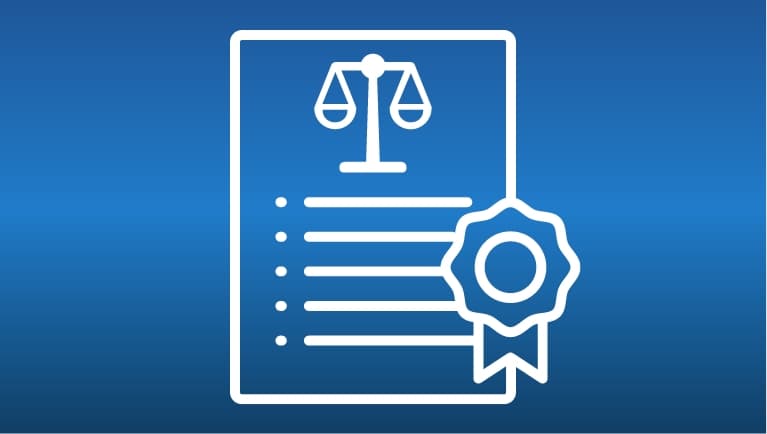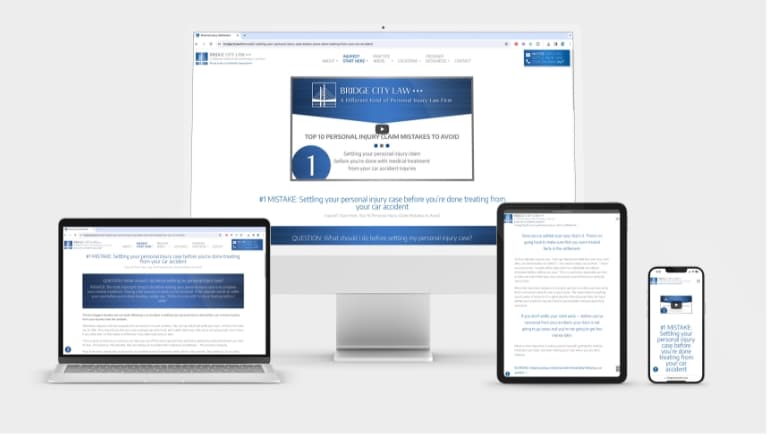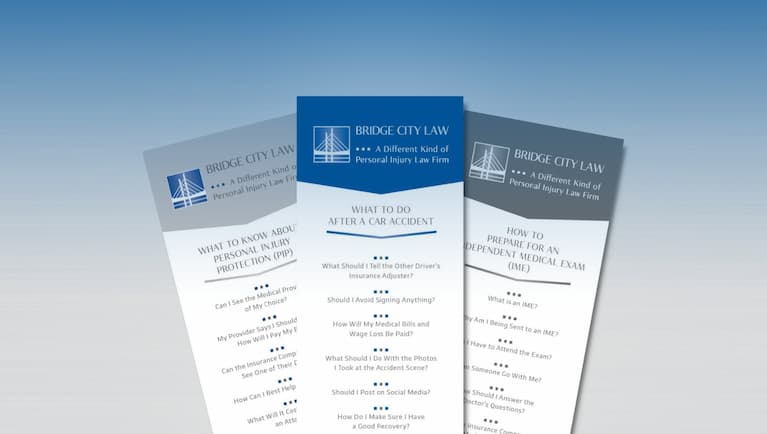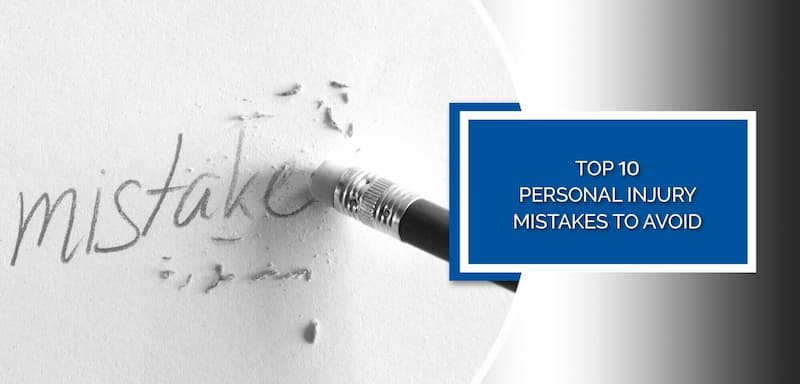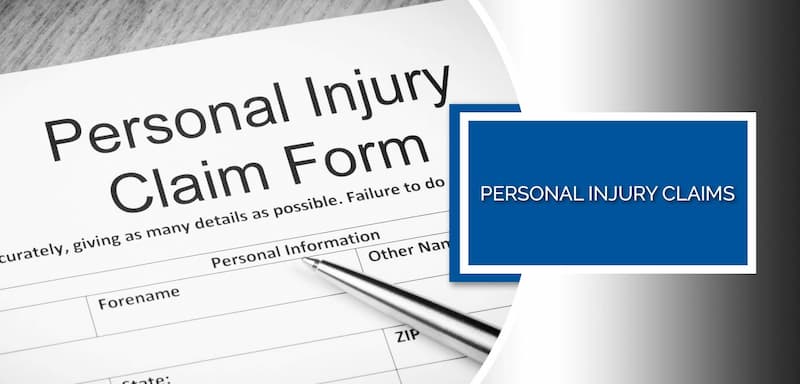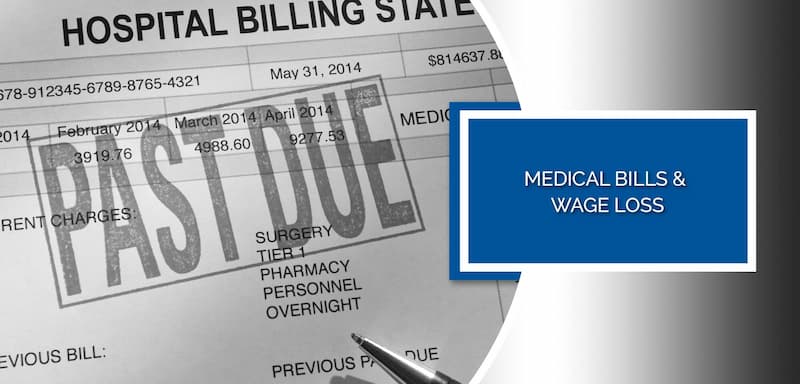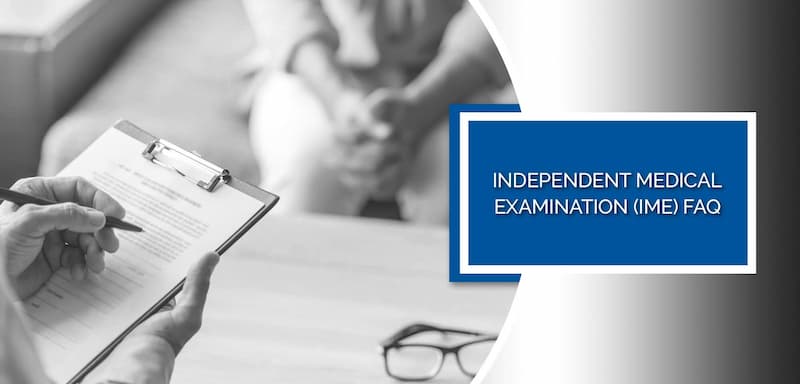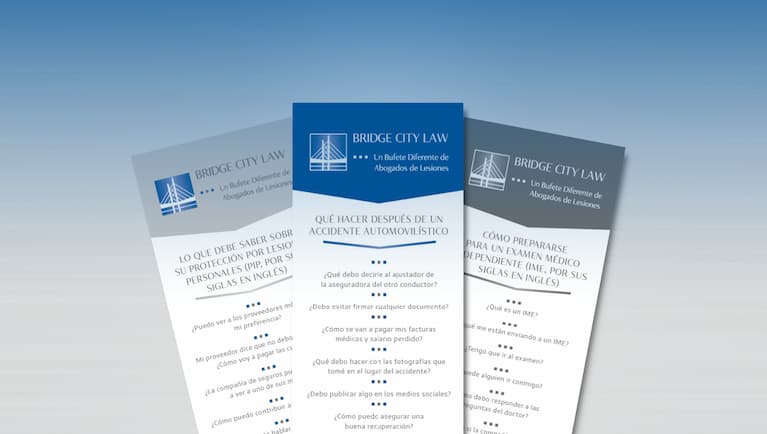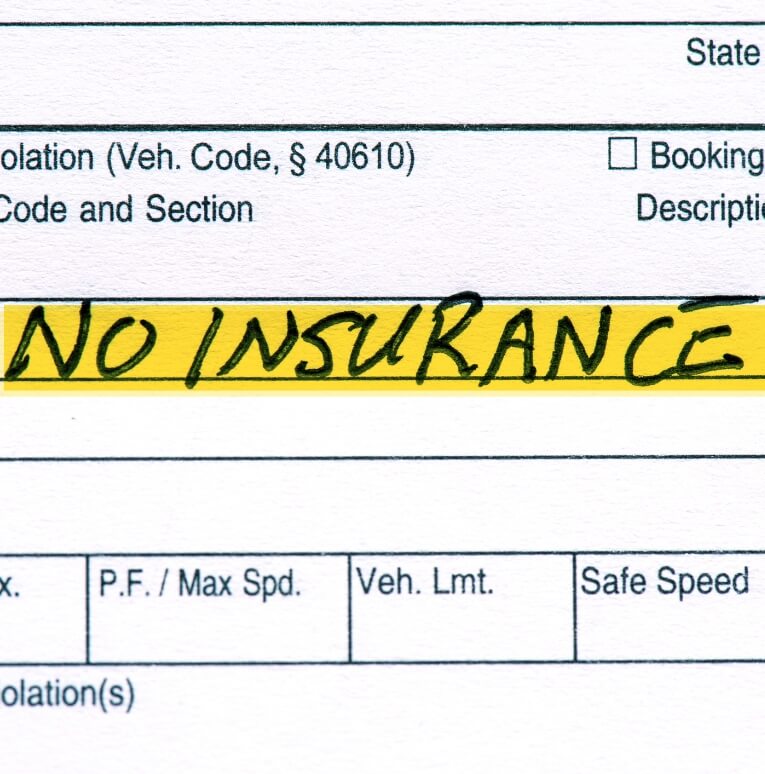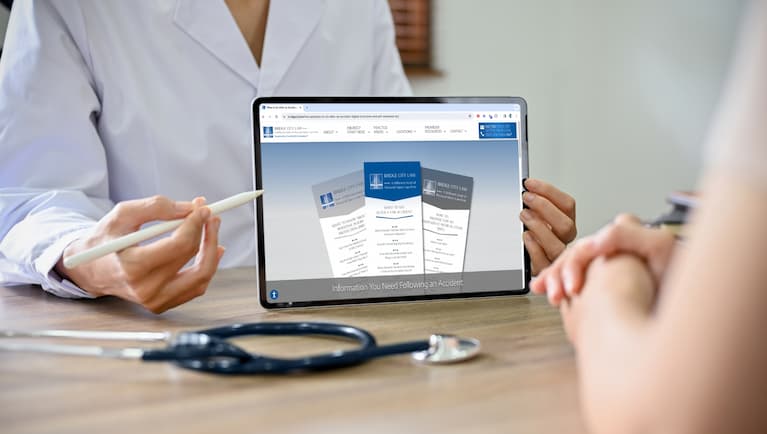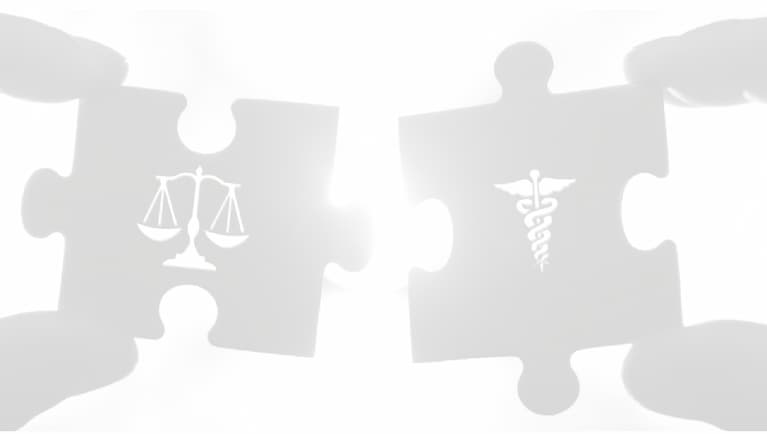#10 What should I tell my patient if they are being sent for an Independent Medical Exam (IME)?
QUESTION: How can I help my patient if they are being sent for an Independent Medical Exam (IME)?
ANSWER: Insurance companies send people injured in an accident to an IME for one reason and that is to obtain a medical report from doctors who they’ve hired to examine your patient and provide them with a report justifying that they can stop your patient’s PIP benefits for medical treatment. It is important for your patient to know that even though there isn’t a patient-provider relationship during their IME it’s critical to their credibility that they clearly and concisely respond to the IME doctor’s questions about any similar past injuries, treatment, and pre-existing conditions.
How can I help my patients if they are being sent for an Independent Medical Exam (IME)?
There are a lot of misconceptions concerning the purpose of an IME. Preparation and understanding what the IME process is about are extremely important in helping your patients.
Insurance companies send people injured in an accident to an IME for one reason and that is to obtain a medical report from doctors who are part of the insurance company’s network of medical providers who will examine you and provide the insurance company with a report justifying that they can stop your patient’s PIP benefits for medical treatment payments.
The important consideration is that your patients are likely not used to seeing medical providers who are examining them for someone else’s benefit. In fact, most of your patients will have never been to a doctor who is only examining them and not treating them.
This means they won’t be aware that during their appointment with the IME doctor, they won’t have patient-doctor confidentiality and the relationship that they’re used to having during appointments with healthcare professionals is not part of an IME.
It is important for your patient to know that even though there isn’t a patient-provider relationship during their IME, it is critical to your patient’s credibility that they clearly and concisely respond to the IME doctor’s questions about any similar past injuries, treatment, and pre-existing conditions. The insurance company will share your patient’s medical records with the IME doctor and any inconsistencies or omissions by your patient will be used by the IME doctor in their report to the insurance company to attack your patient’s credibility.
You can help your patients by letting them know that when the IME doctor asks them, “How you’re doing?” your patient may think, “Oh, they’re asking me how I’m doing right now.” — but, that’s not actually what the doctor is asking. What they are asking is that they want to know how your patient is doing, in general — at this point and time in their recovery from their car accident. It’s critical that your patients be able to easily articulate their answers succinctly to the IME doctor’s questions about how their injuries are continuing to impact them as well as their progress.
Any uncertainty or lack of clarity in your patient’s responses will impact their credibility.
95% of IME reports will say that your patient doesn’t need more treatment to fully recover from their injuries. The last thing you or your patient wants to read in the IME report is that your patient said things during their exam with the IME doctor that caused their PIP benefits to be stopped.
The best way for your patient to prepare for their IME is to talk with an experienced personal injury attorney. The lawyer will provide a no-fee, no-obligation initial consultation where they will ask your patient a number of questions about their accident and injuries, and then they will advise your patient about how to prepare for their IME and how to respond to the IME doctor’s questions so that they can preserve their PIP benefits and not harm their personal injury claim.
We’re here to be a bridge of support for you and your patients.
We have developed a robust library of information for your patients who have been injured in an accident, which can be found in the INJURED? START HERE portal on our website.
There are 40 topic-focused articles, with accompanying videos, organized into the four categories that include the personal injury claim-related questions we’re asked most often, which include:
- Top 10 Personal Injury Claim Mistakes to Avoid
- What You Need to Know About Your Claim
- How Are My Medical Bills & Wage Loss Paid
- How to Prepare for Your Independent Medical Exam
Each article provides advice and guidelines to help your patients navigate each phase of the personal injury claims process. Whether we represent your patient or not, we are passionate about them knowing how to protect their rights, get the medical care they need, and avoid the mistakes that can harm their personal injury claim.
Each article provides advice and guidelines to help your patients navigate each phase of the personal injury claims process. Whether we represent your patient or not, we are passionate about them knowing how to protect their rights, get the medical care they need, and avoid the mistakes that can harm their personal injury claim.
Additionally, if it would be helpful to have the information we feature on our website available in your office to pass along to your patients, we’ve developed brochures for each of the four article series -- in both English and Spanish that we’re happy to send to your office. Please complete the form below and we’ll get them out to you promptly.












